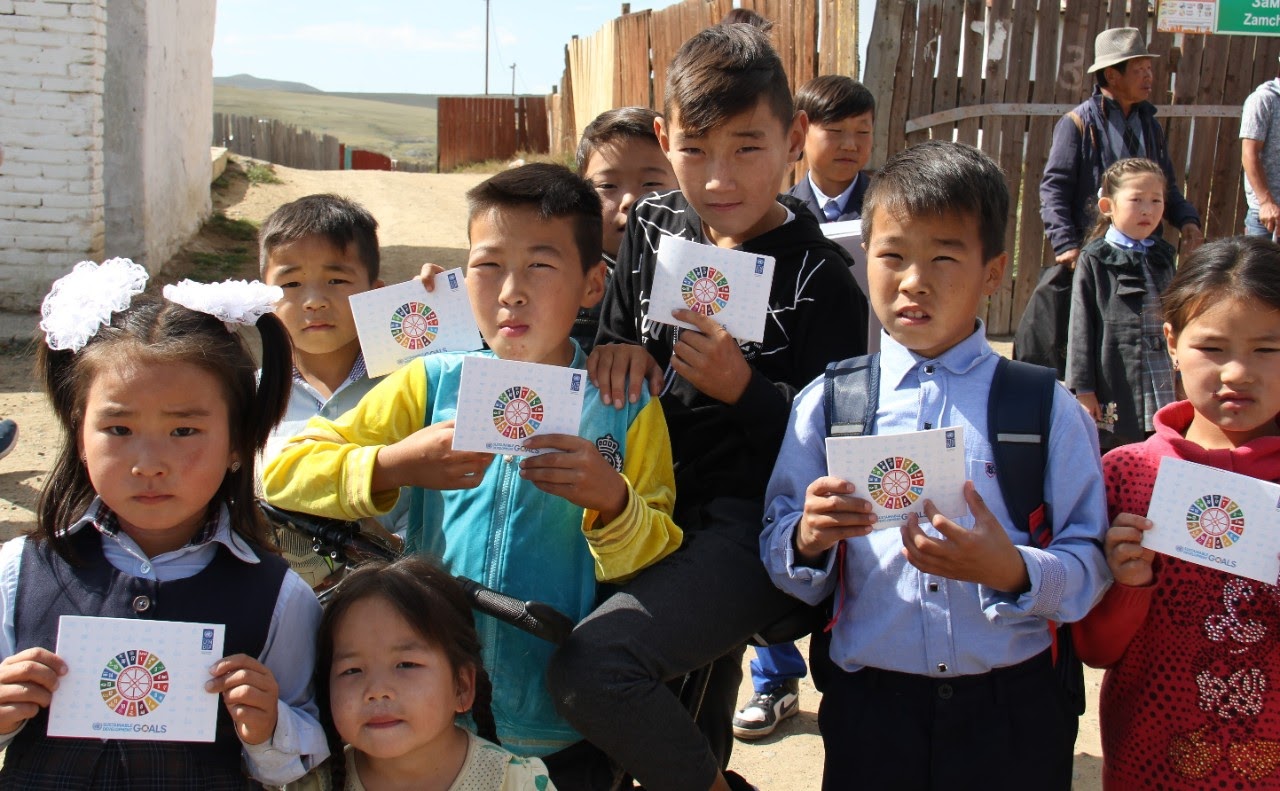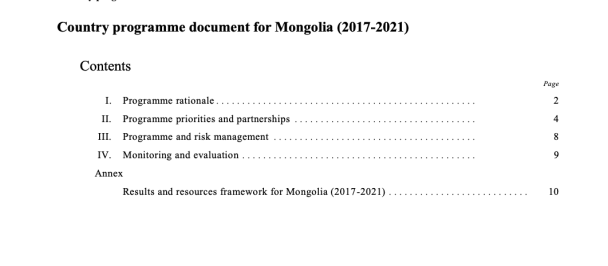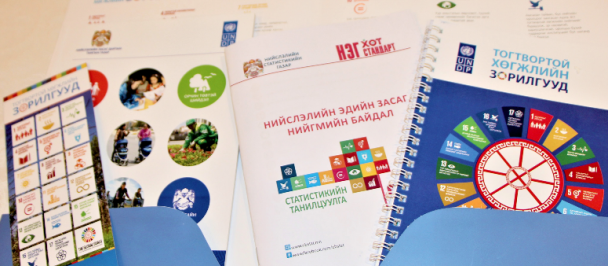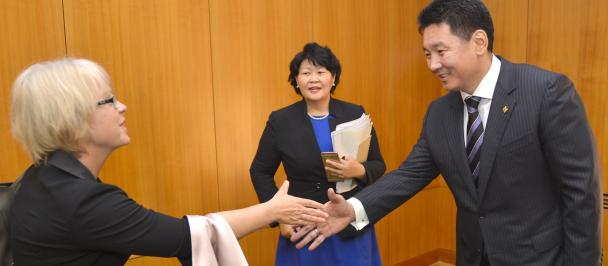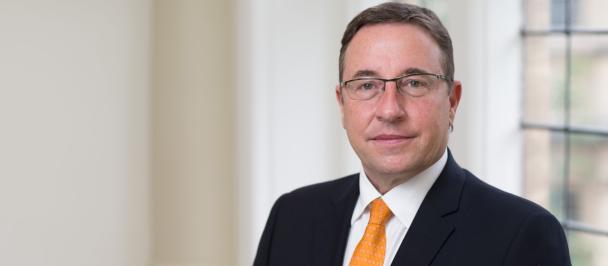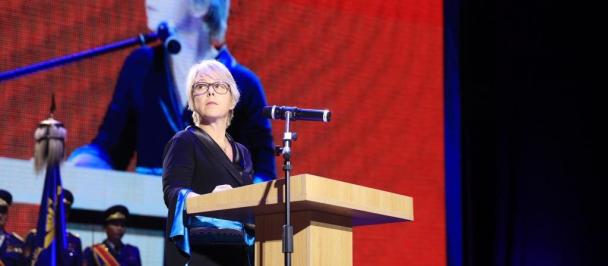Local governments have a special role in the achievement of the 2030 agenda, as their active involvement is necessary to achieve 65 percent of the Sustainable Development Goals (SDGs). Ulaanbaatar (UB), the capital city of Mongolia, is home to 1.5 million people, which accounts for half of the total population of Mongolia; while 70% of all small, medium enterprises (SMEs) that are registered nationally also operate in UB. As part of its commitment to contribute to the fulfilment of the SDGs by 2030, the UB city municipality drafted and approved its local SDGs roadmap with 17 goals, 83 targets, and 169 indicators in February 2020.
Citizens’ Representative Hurals (CRH) are locally elected councils at sub-national level and present in districts of UB City. To engage CRHs in the fulfillment of the UB City SDGs Roadmap policy document, and to raise the awareness of civil servants on the SDGs, UNDP Mongolia’s “Supporting the Implementation of the 2030 Agenda in Mongolia” project organized a month-long “SDGs and Local Government leadership” campaign in 2021. The project, which aimed to contribute to SDGs integration in development policies and support SDGs initiatives at local and national level, was successfully implemented in 2018-2021. The UB City SDGs campaign was part of the project’s efforts in localizing the SDGs in partnership with local governor’s offices, in not only UB City, but also Orkhon and Zavkhan aimags (provinces).
As part of the month-long SDGs Local Leadership campaign, the CRHs of all 9 districts in UB city chose 1 SDG to conduct research on its current level of implementation at district level, and drafted action plans with clear funding sources to contribute local progress on the chosen SDG. The assessments for the campaign involved 9,076 local citizens from 8,316 households in total.
From the innovative and in-depth research and solutions presented by each district, this article presents results of Baganuur district, a remote district in UB City with a large number of residents living in ger districts. As part of the campaign, the CRH in Baganuur district developed a local SDG indicator for SDG 16 titled “The number of residents satisfied with their latest public service experience”. This indicator contributes to the monitoring of target 16.5 of the long-term development vision of UB City on “Responsible, effective, and capable institutions at all government levels”.
The Baganuur district CRH conducted an online survey with 30 questions on the transparency and inclusiveness of government agencies and public services in the district. The online survey was completed by 920 residents of its total population of 8320, a figure the UNDP SDGs project concludes was sufficient to represent the district community. Alongside the online survey, the local CRH council also held group and individual interviews with 20 residents of target groups in the district.
Of the total participants in the online survey, 78% of them were women, and 49.2% were up to 35 years old, leading to assumptions that women are more likely to actively participate in community initiatives and younger people are more engaged in the digital sphere.
Other interesting findings of the assessment by Baganuur district :
- 59% of respondents claimed that they had good access to online public services and faced no significant barriers. It is good to note that the majority of this group were aged up to 35%. In contrast, the remaining participants aged 46 and above responded that it is very difficult to receive public services online.
- On the question of bureaucracy in public services, 58.8% of respondents indicated that it takes 2-3 visits for government agencies to complete a request. 23.25% implied that they have had to return to the government agency four times or more to receive their requested service or document. Participants expressed that they considered a lack of competence and punctuality of civil servants as the main reason for these delays.
- It was also noticeable in the survey results that residents of Baganuur district are keen to participate and monitor in public spending and activities related to the Local Development Fund.
To combat issues that surfaced in the survey results as have been briefly outlined above, the Baganuur CRH has established a resident working group to improve the digital literacy and engagement of local residents, conduct trainings and advocacy work to better the skills and attitudes of civil servants, and monitor funded activities in the district in support of the district Governor’s Office.
All SDGs have a link with the powers of local governments. To further support the role of local entities, the UNDP Mongolia SDGs project urges to enable local actors to fully participate not only in the implementation, but also in the agenda-setting for, and monitoring of, the SDGs for more inclusive sustainable development; at local, national, and global level.

 Locations
Locations